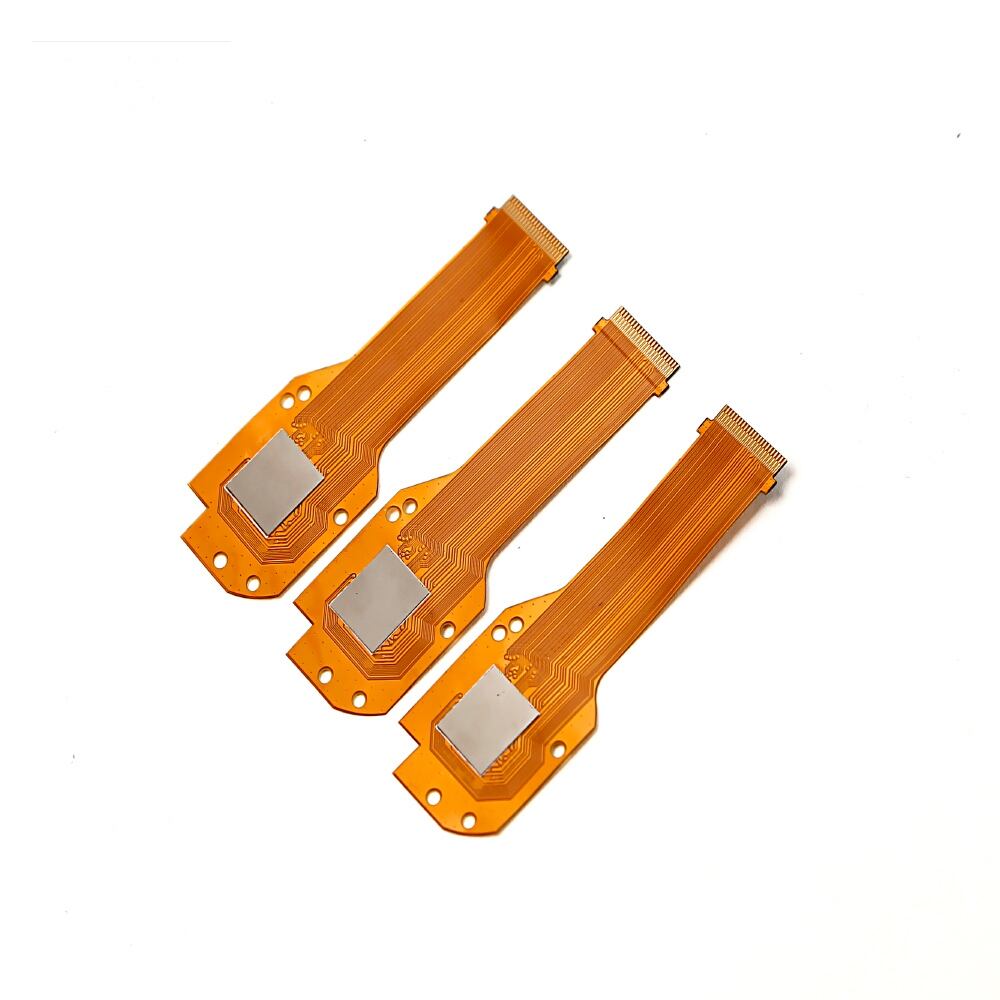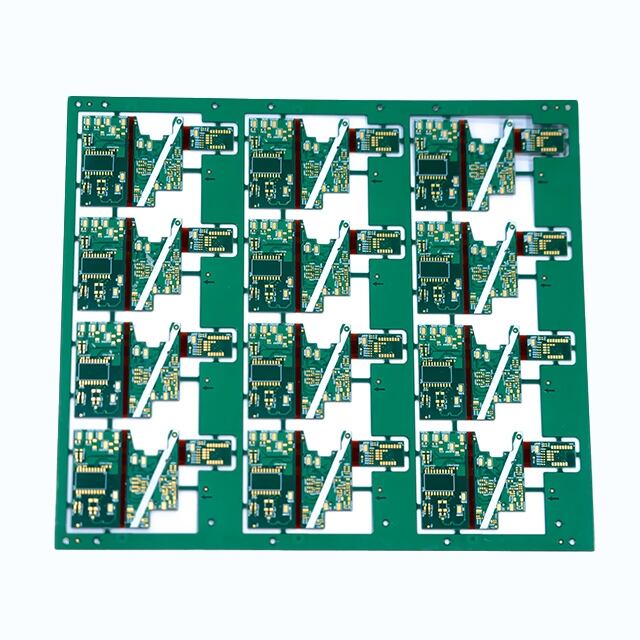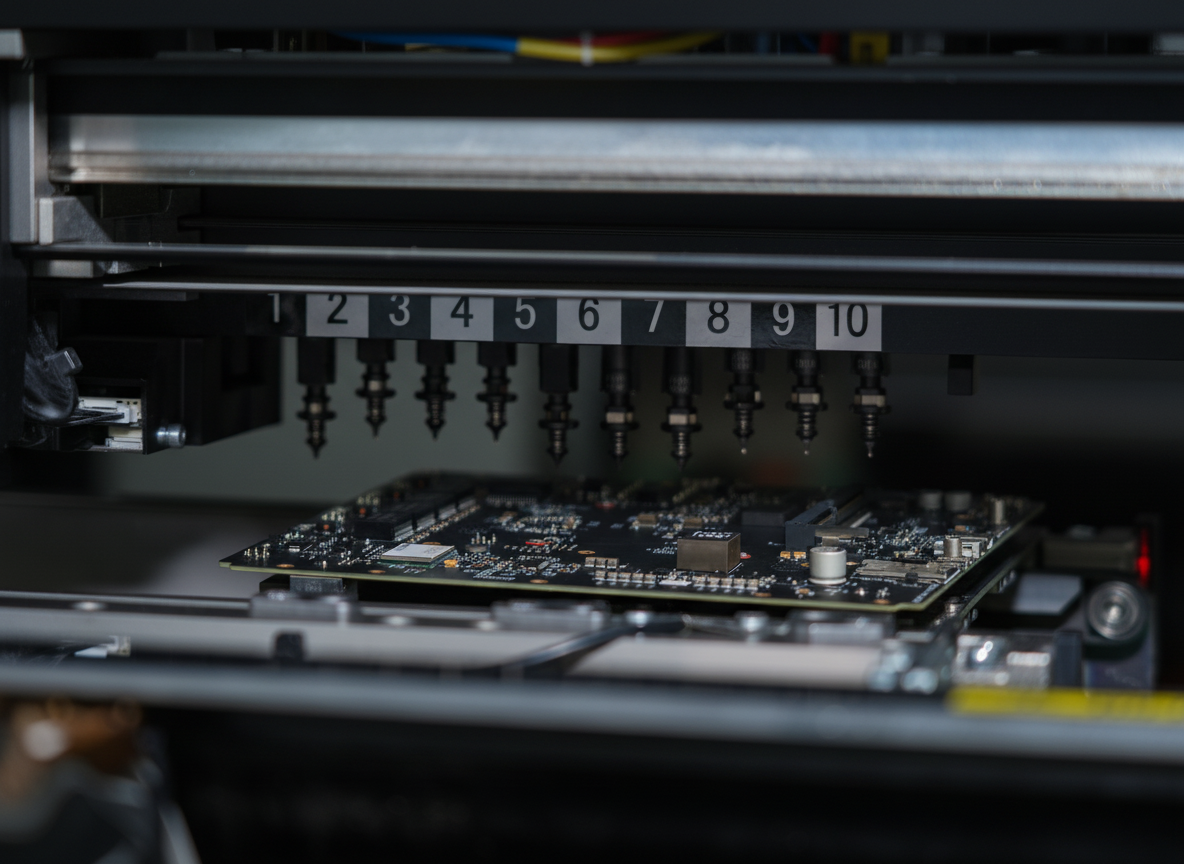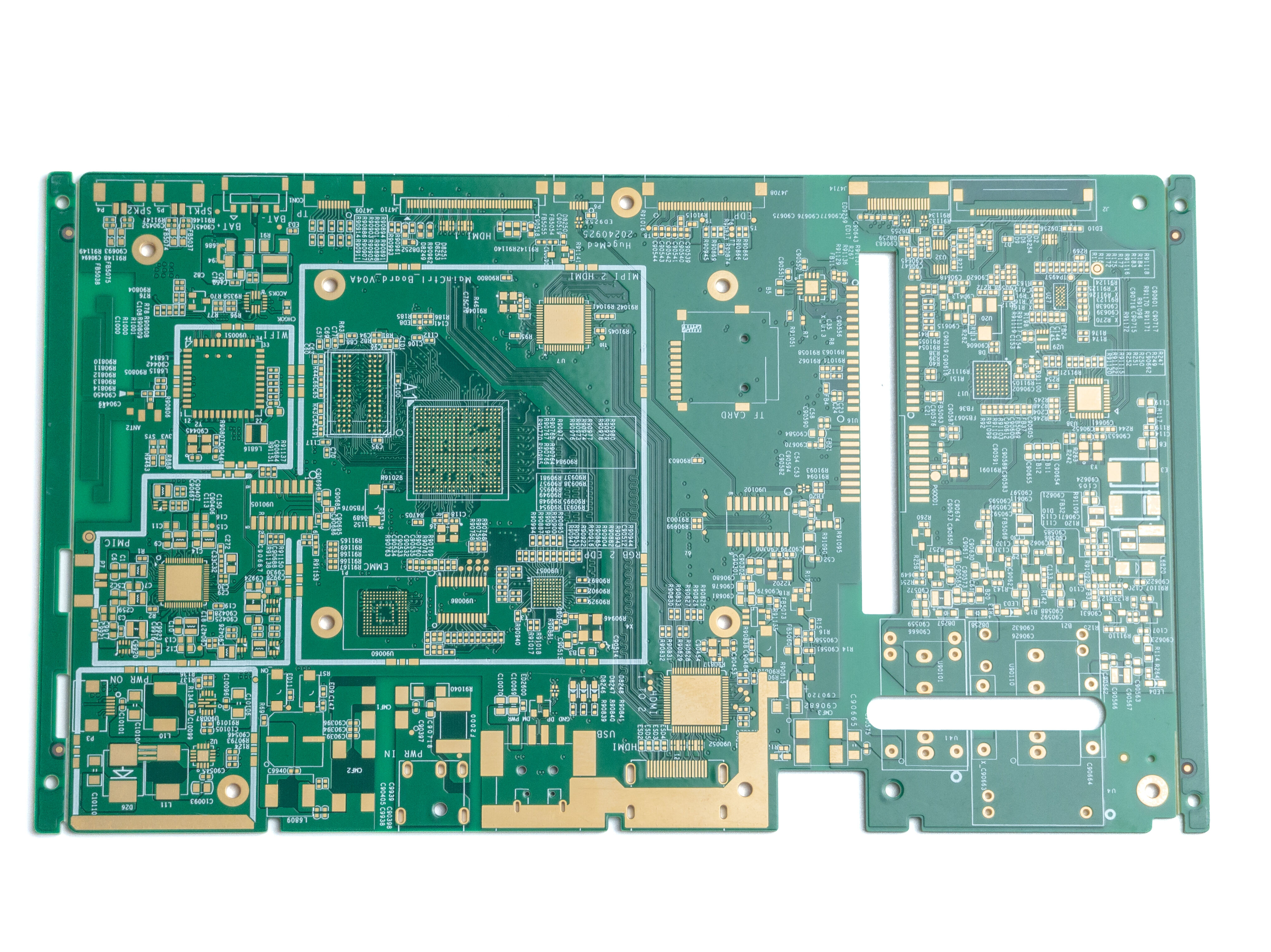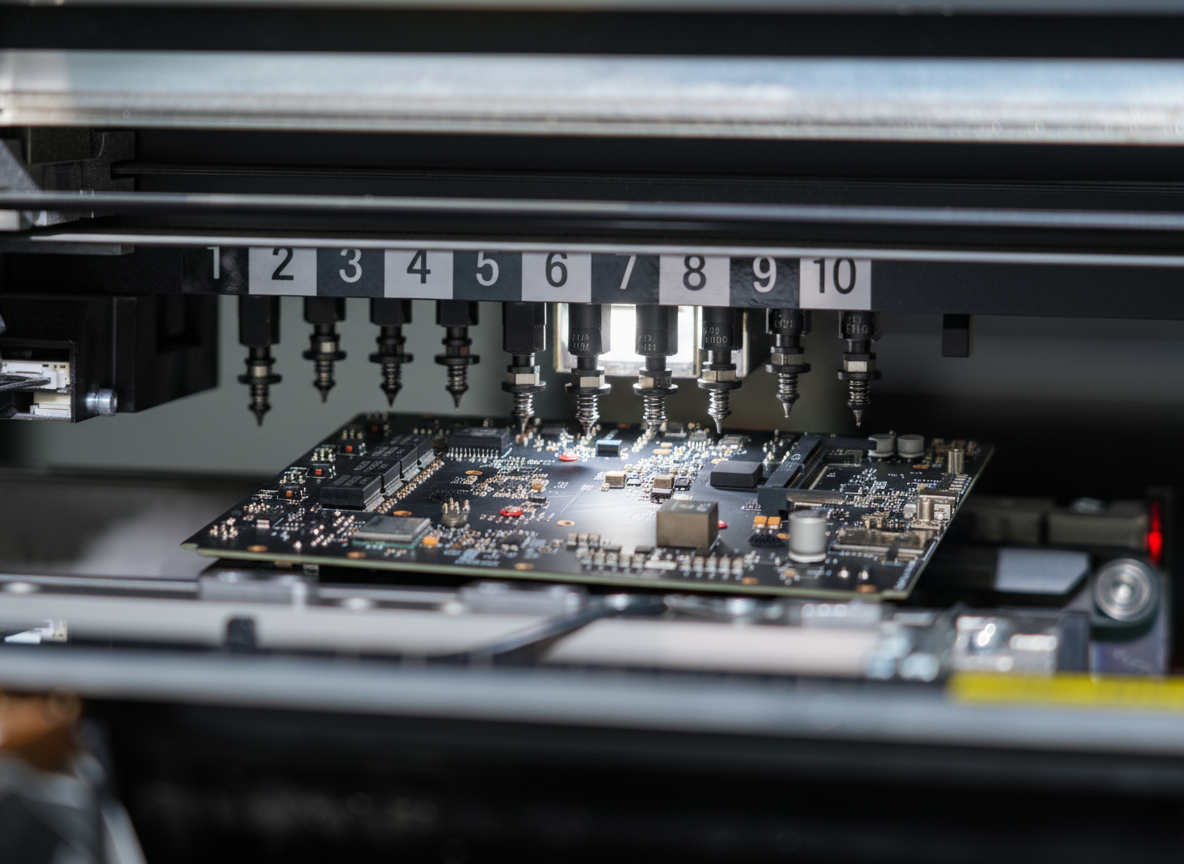flex pcbs
Flex PCBs, or flexible printed circuit boards, represent a revolutionary advancement in electronic design and manufacturing. These versatile circuit boards are constructed using flexible base materials, typically polyimide or polyester, which allow them to bend, twist, and fold while maintaining their electrical integrity. Unlike traditional rigid PCBs, flex PCBs can be designed to fit into complex three-dimensional spaces, making them ideal for modern electronic devices where space is at a premium. The technology incorporates conductive patterns printed or etched onto flexible dielectric materials, enabling both electrical connectivity and mechanical flexibility. These circuits can be single-sided, double-sided, or multi-layered, offering various design possibilities to meet specific application requirements. Flex PCBs excel in dynamic applications where the circuit must withstand repeated bending or movement, such as in printer heads, folding smartphones, and medical devices. They also provide significant weight reduction compared to traditional rigid PCBs, making them particularly valuable in aerospace and portable electronics applications. The manufacturing process involves specialized techniques that ensure both flexibility and durability, including the use of specific adhesives and coating materials that maintain circuit integrity even under stress conditions.

